There are lots of outdoor sports options for the cold months of the year. Downhill and cross-country skiing are among the typical winter sports. If you’re a fan of classic warm-weather sports like jogging, aerobics and cycling, though, there’s no need to give them up when it’s wet and windy outside.
But is exercising in the cold bad for you? What do you have to do to stay healthy despite the icy temperatures?
What happens to your body in the cold?
Before we give you some specific tips on cold-weather exercise and how best to approach outdoor sport in the winter months, we ought to explain how your body reacts to very low temperatures.
Your body’s first response to cold is a tightening of the small blood vessels just beneath the skin, which shunts warm blood away from the surface of the body to stop it from cooling down. It also ensures that more blood and hence heat is available for the vital internal organs. If your body is exposed to very cold temperatures over a longer period, muscle coordination and performance diminish.
You are then at risk of injury due to the cold. Before succumbing to frostbite, the body makes a final attempt to raise the skin temperature by widening the blood vessels to increase the flow of blood. If you remain in a very cold environment without adequate protection beyond this point, your body temperature drops further and the blood vessels constrict again. We’ve come up with a few tips to help you protect against hypothermia when exercising outdoors in winter.
5 tips for your winter exercise routine
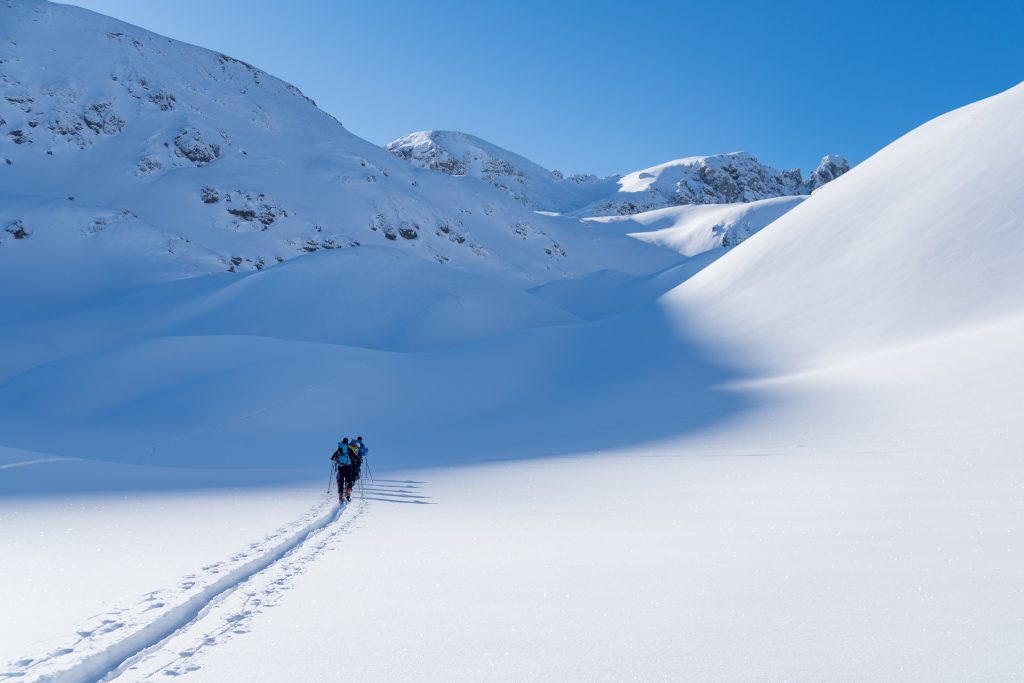
1. The right equipment for winter conditions
To keep your body as warm as possible during an outdoor workout in cold weather, you should wear functional clothing. Unlike cotton garments, which readily absorb moisture but are slow in transferring it to the air, functional clothing absorbs moisture and wicks it away from the skin.
It also dries quicker than cotton. However, the wicking effect only works if the moisture can evaporate into the air. That’s why it makes sense to wear a jacket or gilet made of functional fabric as your outermost layer, otherwise the moisture becomes trapped and cannot escape into the air.
It’s generally best to wear several layers of clothing, depending on the outside temperature. Air and body heat are trapped between the layers, providing insulation and keeping you warm. Ideally, the layer next to your skin should be close-fitting thermal underwear made from synthetic fibres.
You lose a lot of heat through your head and hands, so make sure you protect them with a cap/headband and gloves. Finally, if you’re going skiing or snowboarding, do wear a helmet.
As you start your outdoor training session, make sure you’re not too warmly dressed. The more you sweat, the quicker your clothing will get wet and the more you risk catching a chill.
It’s also important to wear the right footwear if you exercise outside in cold, wet conditions or indeed when there is snow on the ground. Various sport shoe brands offer special winter running shoes with water-resistant uppers to keep your feet warm and dry.
If you don’t want to buy new shoes especially for the winter, just put on a second pair of socks. No matter which shoes you prefer, it’s essential that they have a suitably sturdy non-slip sole to give you a decent footing on snow and ice and thus minimize the risk of injury.
To maintain visibility in the darker months of the year, most sportswear these days, from jackets and tops to trousers and shoes, comes with built-in reflectors. A forehead lamp is another way of ensuring others can see you.
2. Warming up in colder temperatures
You should never skip your warm-up, whatever the season. Your body always needs a certain phase of preparation prior to any physical exercise, starting with a general warm-up (e.g. slow running) to get it up to “operating temperature”.
In addition, your muscles, tendons, ligaments and joints require so-called mobilisation exercises (e.g. circular movement of joints) to keep the risk of injury to a minimum. Mobilisation stimulates the circulation and prepares your body for the physical effort ahead. It is also recommended that you include balance and coordination exercises in your warm-up routine.
You can tailor your warm-up to the sport you’re going to be doing. The more your sport calls for coordination and speed strength, the more you should focus on the relevant joints and muscles during your warm-up.
For jogging, cross-country skiing or ice-skating, for instance, you can warm up by running, skiing or skating at a slow pace, then speed things up after 10-15 minutes.
Skiing and snowboarding place even more of a strain on knees and hip joints. To avoid injury, it’s vital that you mobilise the affected joints in advance (e.g. with hip circles, knee bends and circles). Here too, you should start at a gentle pace and use your first downhill run as a warm-up.
If you’re wearing several layers of clothing, it might be a good idea to shed one after your warm-up. However, do make sure you don’t get cold during your warm-up routine.
3. Breathing and exercise intensity
Once you’ve warmed up and put on all the necessary equipment, you can start your open-air sport session. What should you watch out for as you exercise?
When you do high-intensity exercise, your heart rate increases and your breathing becomes faster and deeper. When the temperature is below minus ten degrees Celsius, the cold air you breathe in can damage your lungs, throat and airways.
Try to breathe in through your nose, as this gives your mucous membranes time to warm, humidify and filter your air intake. If you breathe in through your mouth, the cold air flows straight into your lungs.
The more accustomed you are to training in cold weather and the higher your general level of fitness, the better your respiratory system will be able to cope with exercising in cold conditions. The less fit among us need to maintain a moderate pace, pay attention to an even, controlled breathing technique and acclimatise gradually to the cold air.
If you overdo the intensity and gulp cold air in through your mouth you risk damaging your lungs. People with chronic cardiac or respiratory disorders should take special care when inhaling very cold air, as it is more likely to trigger asthma attacks.
4. Cooling down
Many people skip the cool-down part of their exercise routine due to lack of time, or because they don’t think it’s particularly important. In fact it’s an essential part of a healthy workout, and equally important after a winter run or skiing session.
A cool-down routine gradually slows your heart rate and brings your body back into a relaxed state after the strain of exercise. To gradually relax your muscles and keep them supple and flexible, you should round off your outdoor sport session with some post-workout stretching exercises.
5. Nutrition
The best way to get your body going and start the day feeling fit and bursting with energy in the cold months of the year is to eat a hot breakfast. A hot meal not only saves your body energy, but also has a positive, stimulating effect on your metabolism. Ideal warming ingredients for winter days include oats, oat milk, and spices such as cinnamon, cloves and nutmeg. Our range of delicious Verival Porridges are a perfect option for your hot breakfast.
You won’t be as thirsty in winter as you are in summer. Nevertheless, your body needs almost as much fluid intake in winter as it does in the warmer months of the year. Artificially heated air is dry and draws moisture out of the body, and you lose additional fluid during physical exercise. Make sure you rehydrate with plenty of water or unsweetened tea.
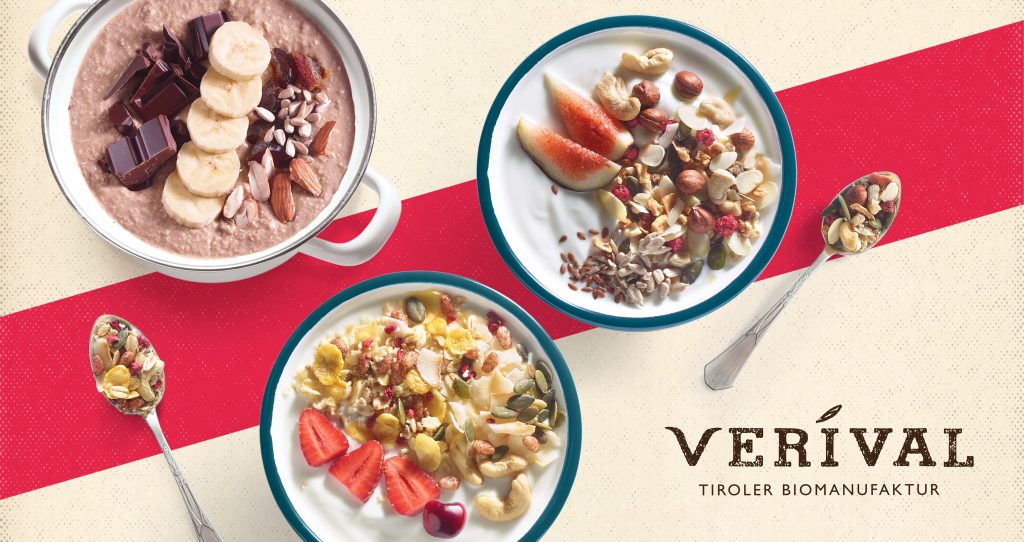
Sport in winter – go ahead!
To sum up, exercising outside in the cold is highly recommended as it increases physical stamina and strength as well as boosting your immune system and enhancing your well-being. However, there are a few potential risks to look out for and precautionary measures you should take. If you wear the right clothing and equipment, warm up and cool down properly, pay attention to breathing technique and exercise intensity and eat an appropriate diet, all that remains is for us to say have fun and enjoy your outdoor exercise sessions!
Recommended articles







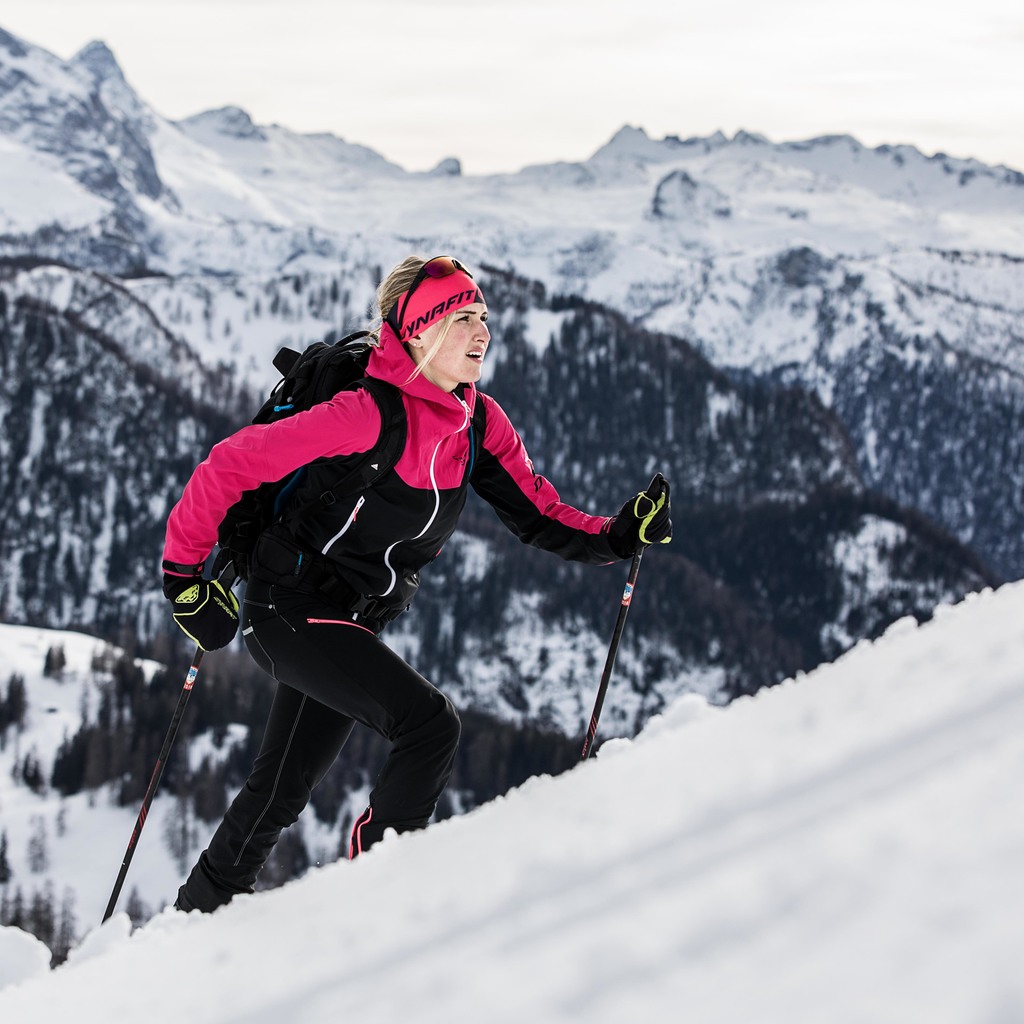
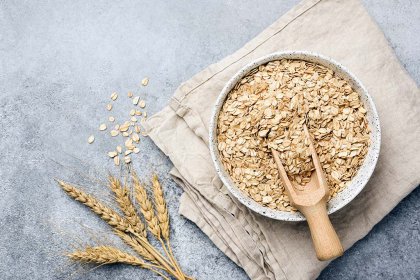
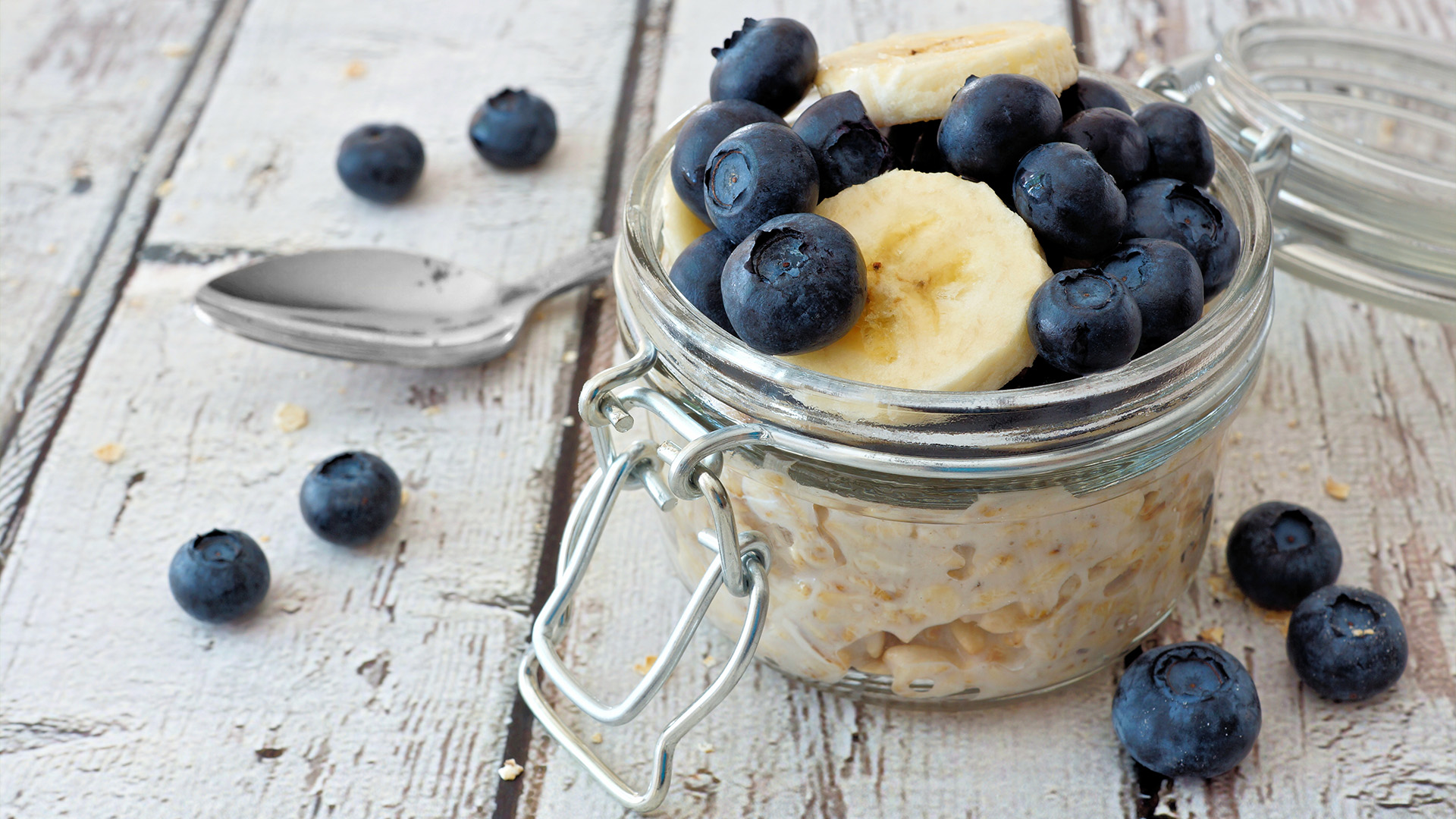



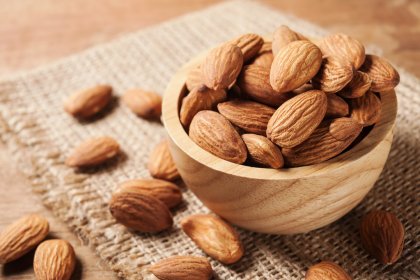

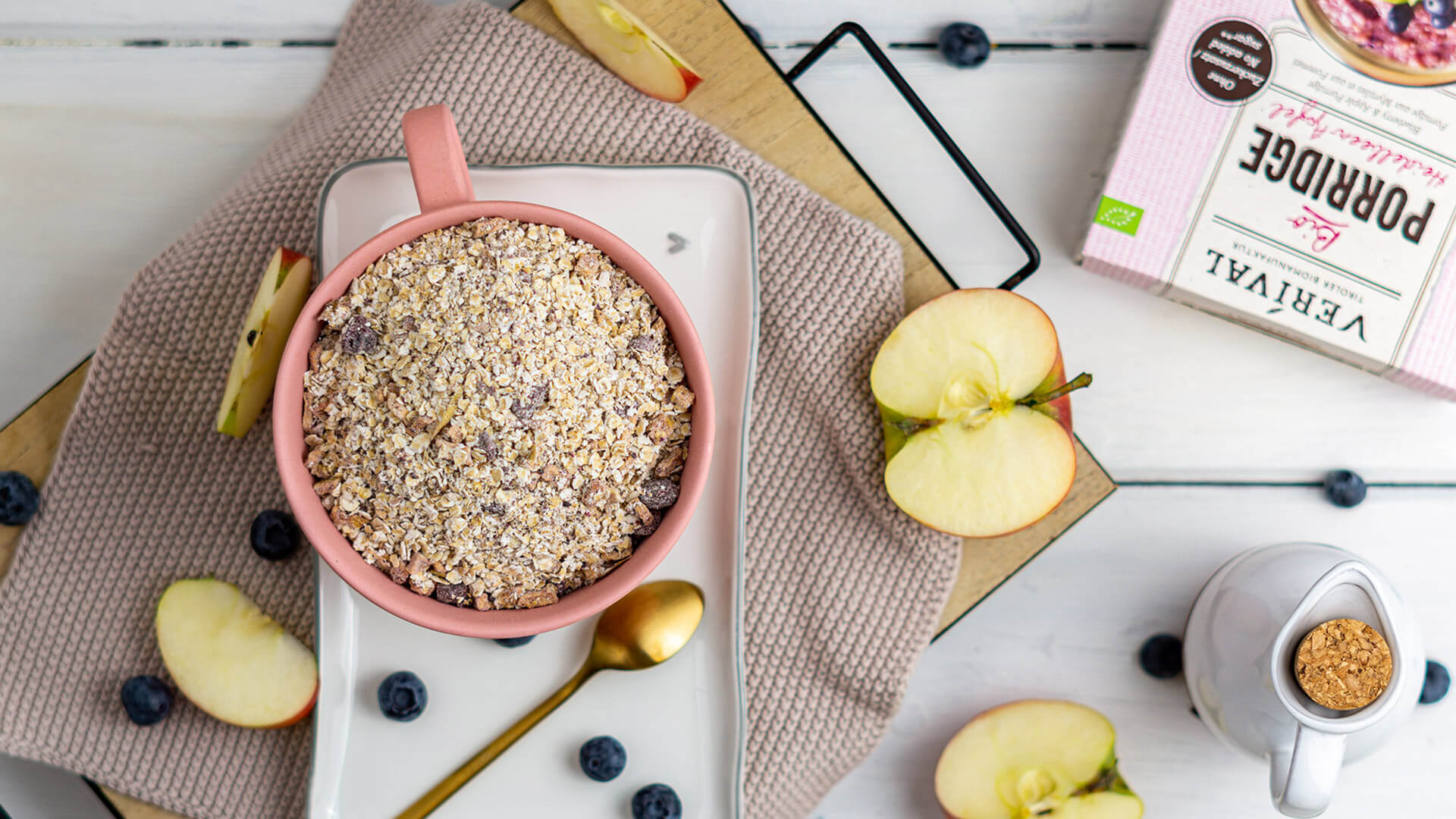

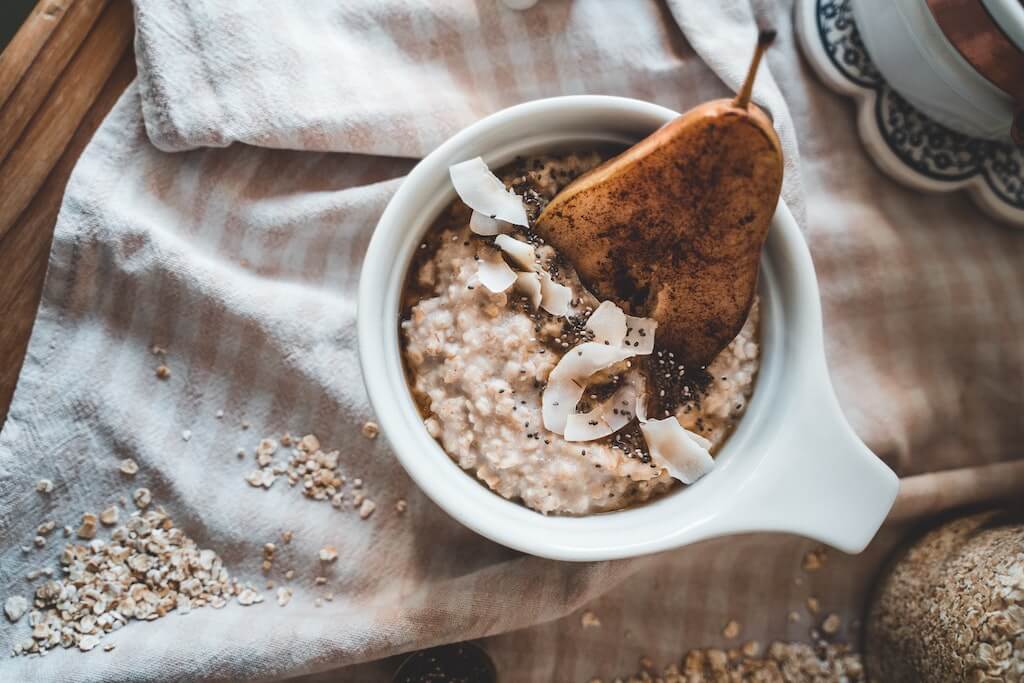
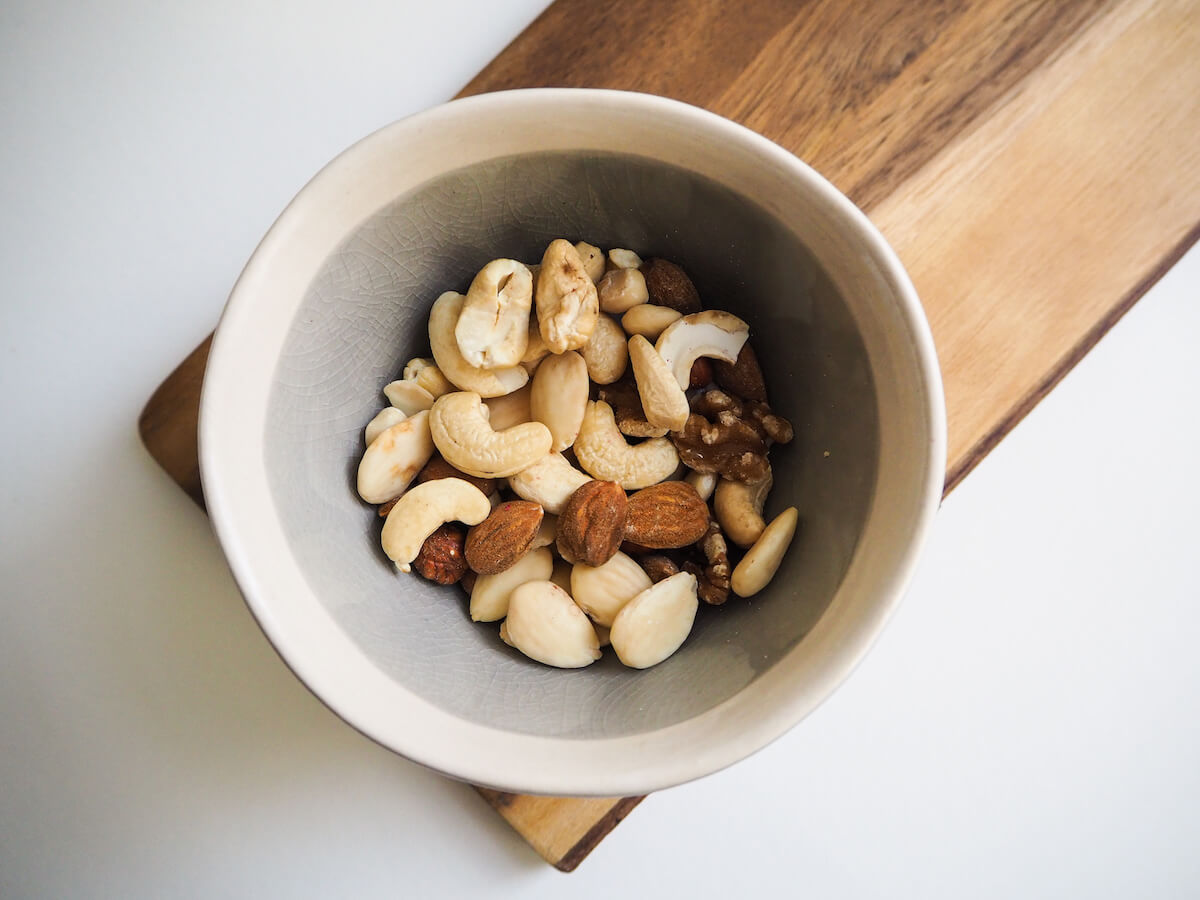

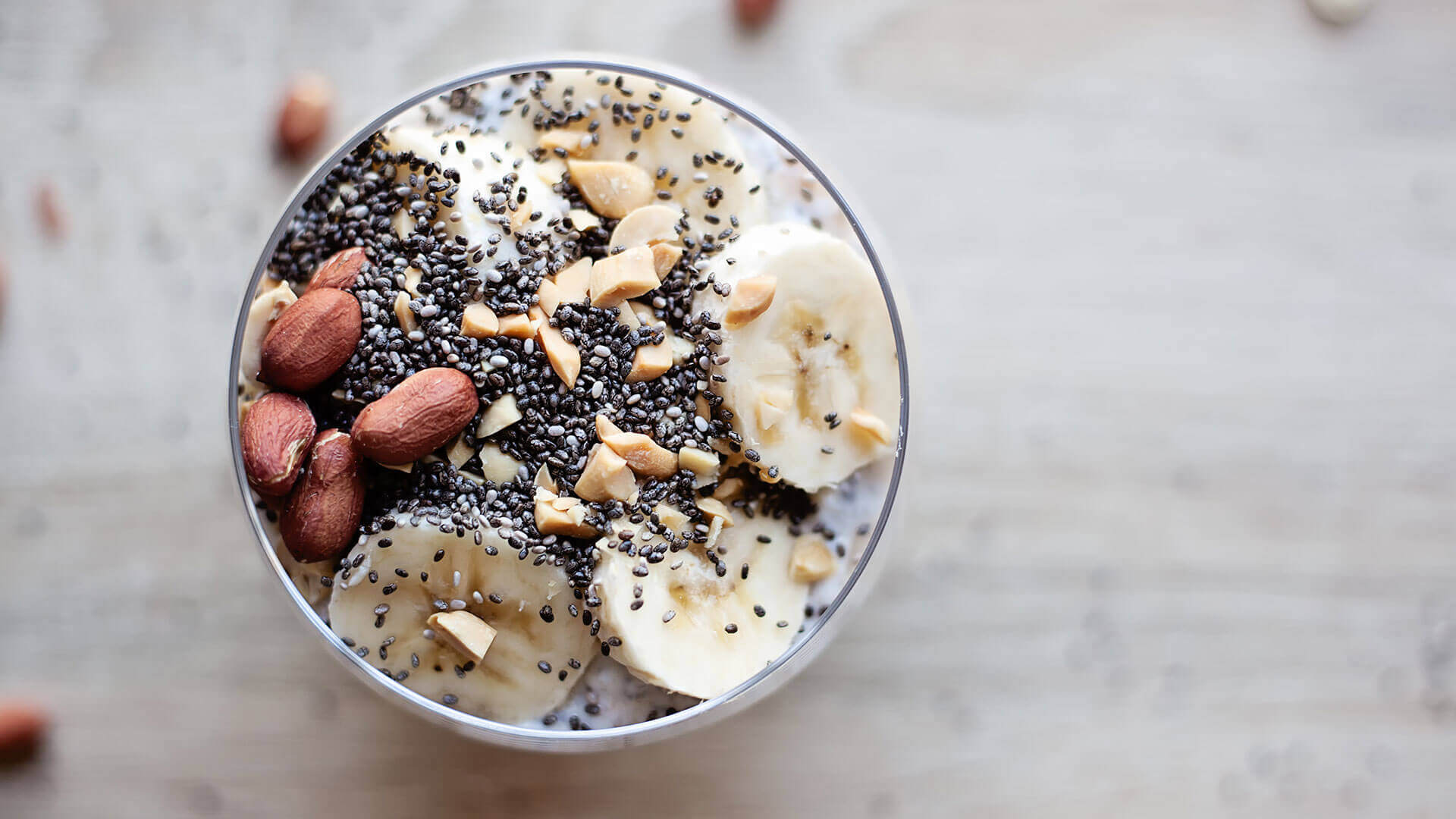

Do you like this post? Share it with friends: